Top 8 Countries With The Highest Inflation Rate In The World

Inflation is a critical economic indicator that affects the financial well-being of individuals, businesses, and countries. When inflation is high, the purchasing power of money declines, and prices of goods and services increase. While most countries experience some degree of inflation, some countries have inflation rates that are significantly higher than others, which can have serious consequences for their economies and populations.
In this article, we will discuss the top eight countries with the highest inflation rates in the world. These countries are facing various economic and political challenges that have contributed to their high inflation rates. We will examine the factors that have led to their high inflation rates, such as economic instability, political instability, foreign currency shortages, high debt levels, and low productivity. Additionally, we will explore the measures these countries have taken to control inflation, such as raising interest rates, price controls, currency controls, and increasing subsidies.
It is essential to understand the impact of high inflation rates on these countries' economies and populations, as it can have far-reaching consequences, such as social unrest, poverty, and a decline in living standards. By analyzing these countries' experiences, we can gain insights into how inflation can be managed, and policies can be developed to promote economic stability and growth.
Countries With The Highest Inflation Rate In The World 2024
- Venezuela
- Zimbabwe
- Lebanon
- Sudan
- Argentina
- Iran
- South Sudan
- Suriname
1. Venezuela
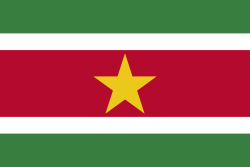
Venezuela is currently experiencing the highest inflation rate in the world, with an inflation rate of over 2,000% in 2021. The country has been struggling with economic and political instability, which has led to a shortage of basic necessities, a devaluation of its currency, and skyrocketing prices. The government has implemented various measures to control inflation, such as price controls and currency controls, but these measures have often been ineffective.
2. Zimbabwe
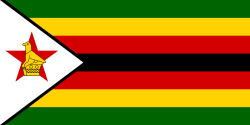
Zimbabwe has a long history of hyperinflation, with inflation rates reaching over 89 sextillion percent in 2008. While the country has made some progress in controlling inflation in recent years, it still has one of the highest inflation rates in the world, with an inflation rate of over 100% in 2021. The country has faced various economic challenges, such as a shortage of foreign currency, high unemployment rates, and low productivity, which have contributed to its high inflation rate.
3. Lebanon
READ ALSO » Top 10 Countries With Highest Tax Rate In The World
Lebanon has been facing an economic and political crisis for several years, which has led to a sharp depreciation of its currency and high inflation rates. In 2021, the country had an inflation rate of over 80%. The country's economy has been hit hard by the COVID-19 pandemic, as well as political instability, corruption, and high debt levels. The government has implemented various measures to control inflation, such as raising interest rates and increasing subsidies, but these measures have been met with limited success.
4. Sudan
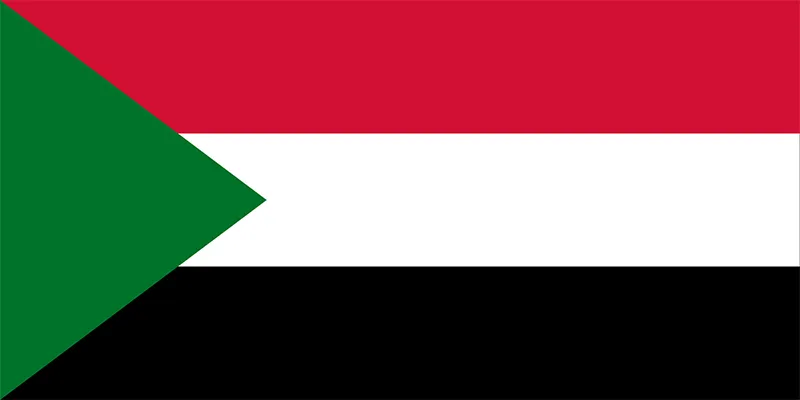
Sudan has been experiencing high inflation rates for several years, with an inflation rate of over 350% in 2021. The country has been facing various economic challenges, such as a shortage of foreign currency, high debt levels, and low productivity. The government has implemented various measures to control inflation, such as raising interest rates and increasing subsidies, but these measures have often been ineffective.
5. Argentina
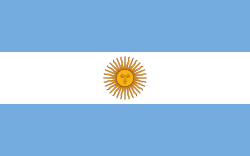
Argentina has a long history of inflation, with inflation rates reaching over 40,000% in the 1980s. While the country has made some progress in controlling inflation in recent years, it still has one of the highest inflation rates in the world, with an inflation rate of over 40% in 2021. The country has faced various economic challenges, such as a shortage of foreign currency, high debt levels, and low productivity, which have contributed to its high inflation rate.
6. Iran
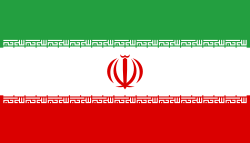
Iran has been facing high inflation rates for several years, with an inflation rate of over 40% in 2021. The country has been facing various economic challenges, such as sanctions, low oil prices, and high debt levels, which have contributed to its high inflation rate. The government has implemented various measures to control inflation, such as raising interest rates and increasing subsidies, but these measures have often been ineffective.
7. South Sudan
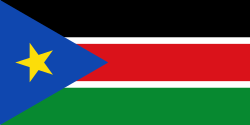
South Sudan has been facing high inflation rates since gaining independence in 2011, with an inflation rate of over 100% in 2021. The country has been facing various economic challenges, such as a shortage of foreign currency, low oil prices, and high debt levels. The government has implemented various measures to control inflation, such as raising interest rates and increasing subsidies, but these measures have often been ineffective due to the ongoing conflict and political instability in the country.
8. Suriname
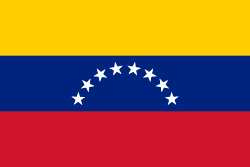
Suriname, a small country in South America, has been facing high inflation rates in recent years, with an inflation rate of over 50% in 2021. The country has faced various economic challenges, such as a shortage of foreign currency, low productivity, and a decline in its main export commodity, gold. The government has implemented various measures to control inflation, such as raising interest rates and increasing subsidies, but these measures have been met with limited success.
Factors contributing to high inflation rates
Factors contributing to high inflation rates in these countries, including:
READ ALSO » Top 10 Countries With Highest Debt Rate In The World
Economic instability: Many of these countries have experienced economic instability, which has led to a shortage of basic necessities, a devaluation of their currency, and skyrocketing prices.
Political instability: Political instability and conflicts have also contributed to high inflation rates in these countries. The lack of a stable government and policies can lead to economic uncertainty and a decline in investor confidence.
Foreign currency shortage: Many of these countries are facing a shortage of foreign currency, which can lead to a decline in their currency's value and an increase in import prices.
High debt levels: High debt levels can lead to inflation as governments may increase the money supply to meet their debt obligations.
Low productivity: Low productivity can also contribute to high inflation rates as it can lead to a decline in supply and an increase in prices.
Measures to control inflation
Governments have implemented various measures to control inflation in these countries, including:
Raising interest rates: Central banks can raise interest rates to make borrowing more expensive, which can reduce consumer spending and slow down inflation.
Price controls: Governments can implement price controls on essential goods to prevent price gouging and ensure that basic necessities are affordable for the population.
READ ALSO » Top 10 Countries With Highest Number Of Birth Rate In The World
Currency controls: Governments can implement currency controls to prevent capital flight and stabilize their currency's value.
Increasing subsidies: Governments can increase subsidies for essential goods and services to make them more affordable for the population.
In Conclusion, High inflation rates can have a significant impact on countries and their populations. The top eight countries with the highest inflation rates in the world are all facing various economic and political challenges, which have contributed to their high inflation rates. Governments have implemented various measures to control inflation, but these measures have often been met with limited success. It is important for governments to address the root causes of high inflation rates and implement sustainable policies to promote economic stability and growth.
